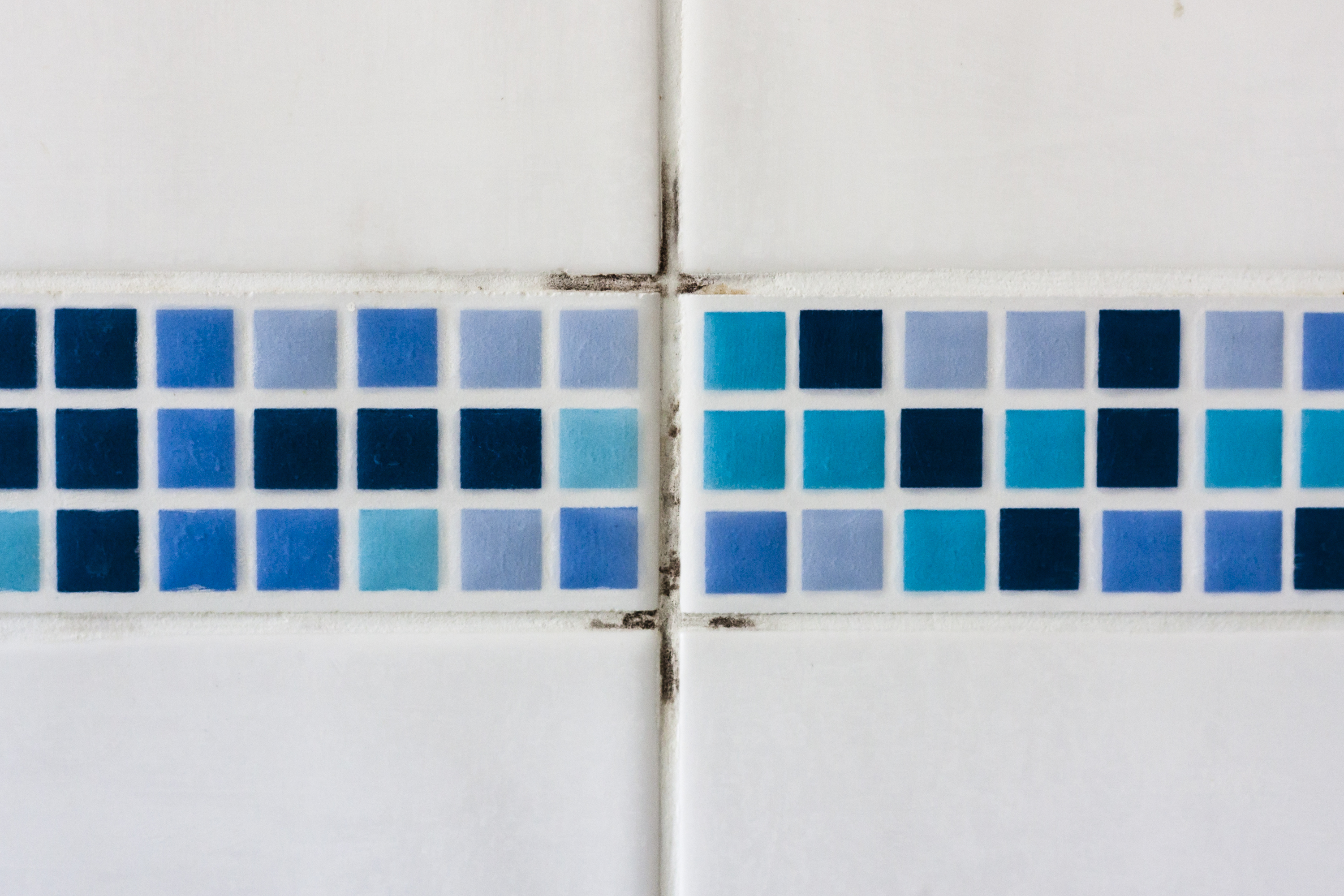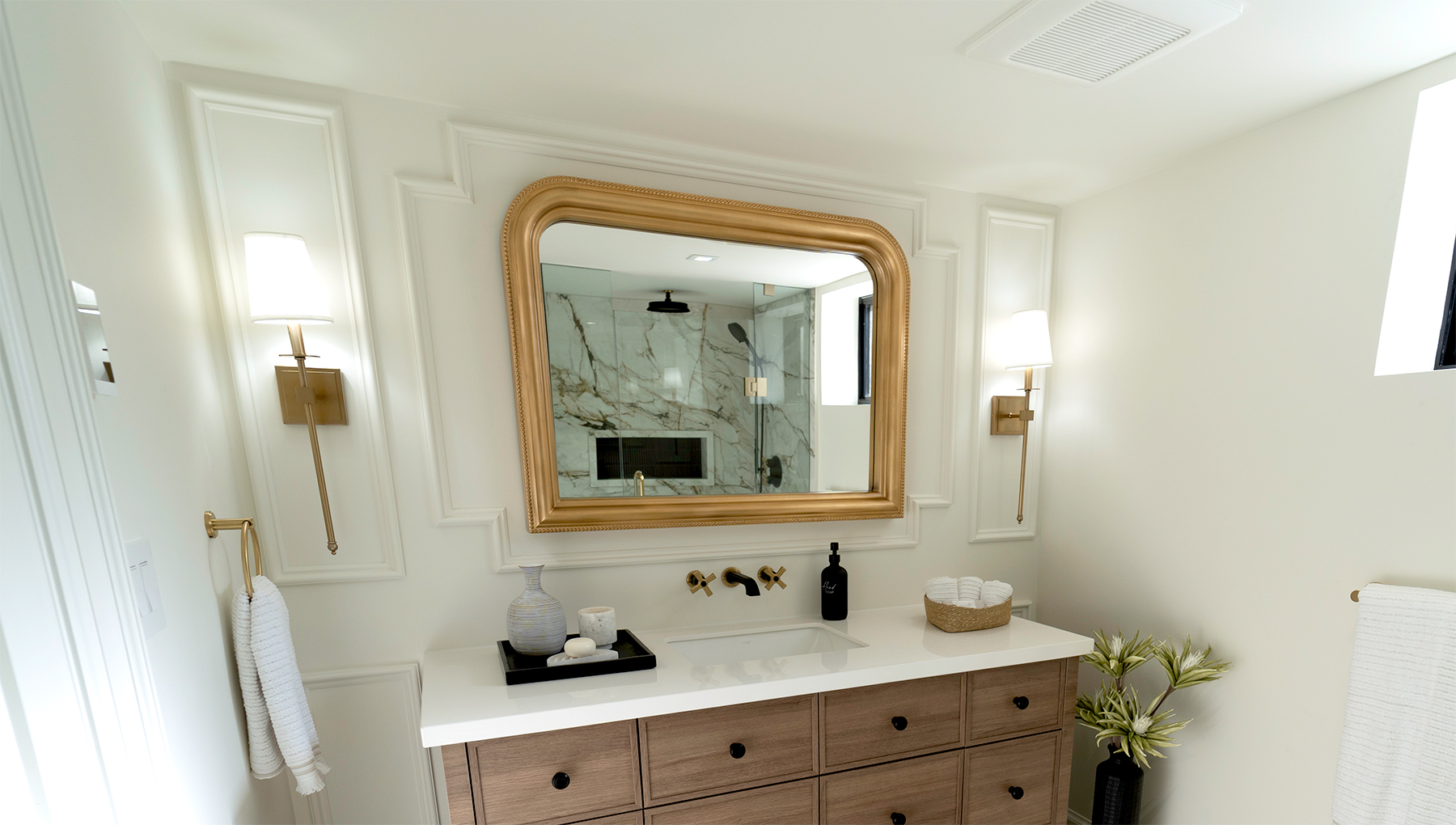We don’t want to see it, we don’t want to touch it and we definitely don’t want to breathe it in. Mold plays a necessary and important role in our natural environment as a decomposer of organic waste, but once it enters our homes, our food or our air, mold can pose significant health risks and cause damage to homes.
Thankfully, combating mold can be easily done with some proactive steps you and your family can take around the house. Read on to learn more about how and where mold can form, and how to combat it in your home.
What Causes Mold and Where Does it Come From?
As a type of fungus, mold grows in any environment that has moisture, oxygen and some type of organic food source. Outdoors, this means mold breaks down fallen leaves, decaying plant life and other debris. Indoors, however, mold growth is most common in damp, warm and poorly ventilated environments. Moisture can accumulate almost anywhere, so while some mold-prone areas are obvious, others might surprise you:
-
Bathrooms. Frequent water use and high humidity are common here, as are food sources left behind from bathing.
-
Kitchens: Between the fruit bowl on your counter and the forgotten pack of hot dog buns in the pantry, mold has countless food sources in the kitchen. Steam from cooking and water lines that connect to appliances all contribute moisture that can foster visible and hidden mold growth.
-
Basements, Crawl Spaces and Attics: Often damp and poorly ventilated, the spaces below and above common living areas are ideal homes for mold. Insulation, wood framing, drywall and other building materials all serve as food sources in these often-overlooked spaces.
-
Windows and Walls: Does condensation form on the room-side of your window glass? This is a common indication of high indoor humidity, and can lead to mold growth on the walls and framing around your windows — or the windows themselves if they’re made of wood.
-
HVAC Systems: Without proper maintenance, the air filters in your furnace can harbor mold and spread it through your air ducts. This is especially concerning since air filters are intended to remove airborne contaminants in your home.
How Can I Tell if Mold Growth has Started?
The moisture-oxygen-food source recipe for mold exists in every single home.
Visible mold often appears as black, green or white spots on surfaces around the house. You’ve most likely seen it on the caulking around your shower — a common spot for fast and frequent mold growth – but water stains and discoloration may also be indicators of mold.
There are also invisible indications to pay attention to. Musty or mildewy odors are telltale signs that mold activity has started (remember, an untended HVAC system could be spreading these odors through your vents). Health symptoms can also be an indicator. Coughing, sneezing and skin irritations are all common allergic or respiratory reactions to moldy environments.
How to Control Mold by Addressing Moisture Issues
Tackling moisture issues in your home is your best first step to keeping mold at bay. Home moisture management can come in many forms.Here’s a look at some of the best places to start:
- Fix Leaks Promptly: Repair any leaks in roofs, walls, plumbing and windows as soon as you notice them. Depending on the complexity of the leak, you may be able to tackle repairs yourself or to call in a pro to help with bigger issues.
- Vent Appliances & Use Exhaust Fans: Dryers and range hoods must be properly vented to the outside to reduce indoor humidity. Likewise, keep exhaust fans in good working order so moisture is removed from your home efficiently.
- Maintain Your HVAC System. Remember: Air filters can work against you if clean ones aren’t installed as needed. Regular HVAC maintenance can also help reduce spores that hide insides ductwork.
- Use Dehumidifiers: In damp areas, use dehumidifiers to keep indoor humidity levels between 30% and 50%. A professional can install a whole-house dehumidifier as part of your HVAC system, but standalone units are also easily available. Keep in mind, standalone dehumidifiers often have collection bins that require regular emptying.
- Improve Drainage: Water accumulating around your foundation is a common source of moisture in crawl spaces and basements. Ensure water drains away from your home, and be sure to look at the roof too! Broken gutters can lead to water damage at roof-wall connections, and missing downspouts can contribute to puddling at the foundation.
Photo courtesy of Panasonic Eco Systems and Mike Holmes
Cleaning Mold in Your Home
- Start with safety by wearing protective gear like rubber gloves, safety glasses and respiratory masks while cleaning mold. This helps reduce your exposure to spores and their potentially damaging health effects, as well as irritation from chemical cleaners.
- Use the right materials and cleaning solutions to handle moldy areas.
- For small areas, soap and water or common household cleaners are useful for removing mold from surfaces with a rag or scrub brush.
- For mold problems of 10 square feet or more, the Wisconsin Department of Health Services recommends sealing off the affected room with plastic sheeting and using a bleach solution to clean the area.
- Know your limits and hire a professional when necessary. Homes that are badly infested with mold may need professional testing and remediation before residents can safely occupy the space.
- Dry surfaces thoroughly after mold cleanup. Remember, moisture is your enemy when it comes to keeping your home mold-free.
The Right Technology Can Help Reduce Mold Risks in Your Home
If you’re feeling daunted by the prospect of keeping an eye on potential mold growth in every corner of your home, it’s time to let technology take over some of the heavy lifting. Brands like Panasonic have a variety of smart, high-efficiency products that can help optimize your home’s air quality and keep mold issues from cropping up.
From exhaust fans with occupancy and humidity sensors, to whole-house dehumidifiers and air purifiers, Panasonic’s line of ventilation products prioritizes your home’s indoor air quality so you can feel more comfortable about the air your family is breathing. Visit the Panasonic Green Living Blog to learn more and find out how to connect with a pro to help with your next project.





